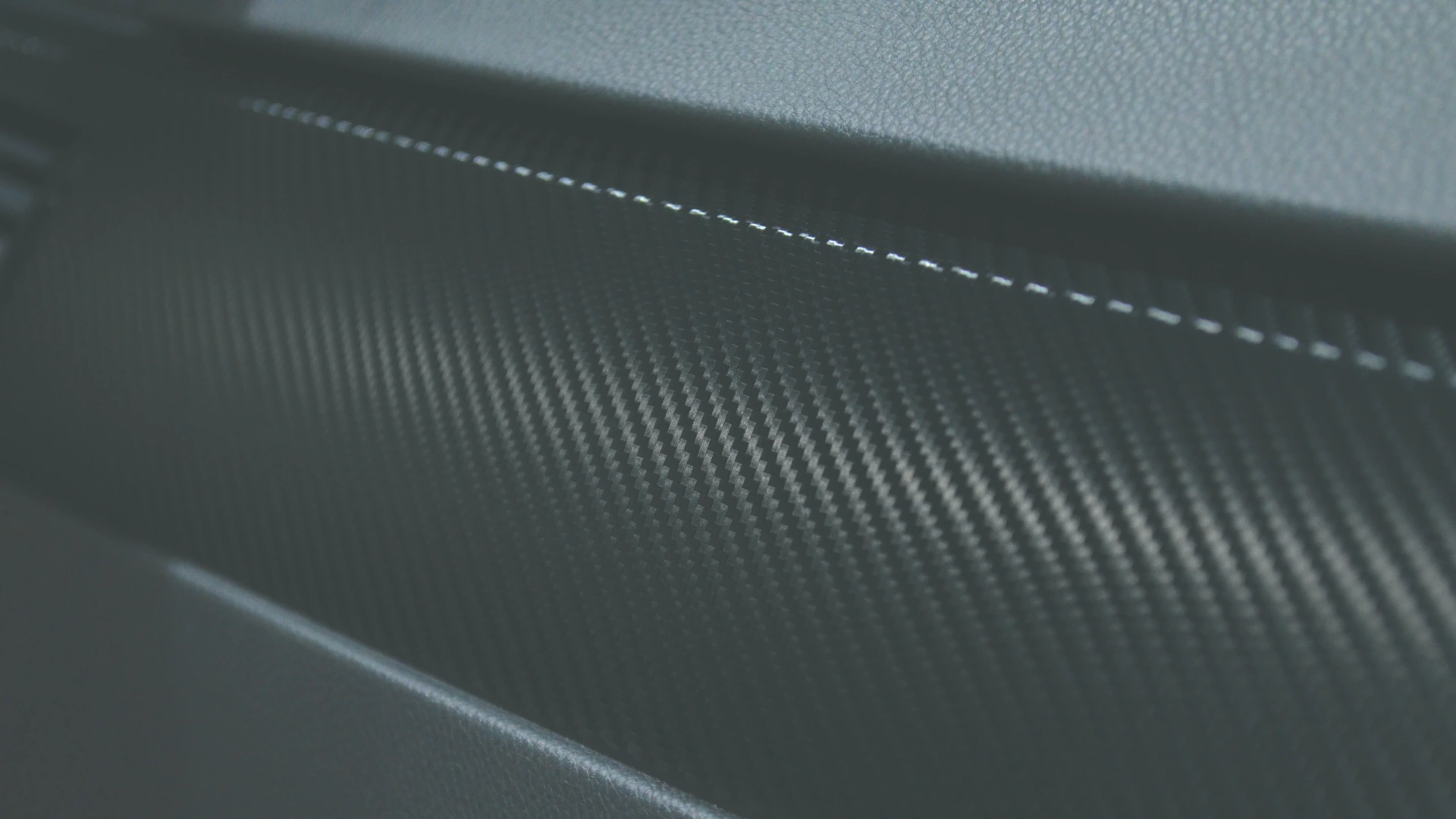Produced out of industrial CO₂, UP Catalyst Carbon Nanofibers (CNFs) are not only a carbon-negative product, but they stand out from the market due to their superior conductivity and extreme tensile strength.




H₂O dispersion with Carbon Nanofibers concentration ranging from 1 to 3% w/w.
Particle Length: 2-4 μm Diameter: 100-300 nm.




H₂O dispersion with MWCNT concentration ranging from 1 to 3% w/w.
Particle Length: 2-4 μm Diameter: 100-300 nm.
Improved tensile strength, compression strength, and stiffness.
Carbon nanofibers significantly improve the mechanical parameters such as tensile and flexural strength of concrete. Reducing the amount of concrete needed.
Increased anti-fouling (resists the growth of organisms in water) and anti-static (avoids static charge accumulation) abilities in coatings used in off-shore applications.
Increased tensile strength, heat deflection temperature, and improved weathering resistance. The additive is recommended as a replacement for glass fibers.




Improved tensile strength, compression strength, and stiffness.
Carbon nanofibers significantly improve the mechanical parameters such as tensile and flexural strength of concrete. Reducing the amount of concrete needed.
Increased anti-fouling (resists the growth of organisms in water) and anti-static (avoids static charge accumulation) abilities in coatings used in off-shore applications.
Increased tensile strength, heat deflection temperature, and improved weathering resistance. The additive is recommended as a replacement for glass fibers.
Carbon nanofibers exhibit a rare combination of properties. They are an excellent conductor of electricity, which makes them a promising material for electronics, energy storage systems, and sensors. They are proven to reinforce concrete due to their mechanical properties. Other areas of applications vary from biomedicine to paints and space technologies.

Be part of the green revolution using sustainable carbon nanomaterials and graphite made from industrial CO₂ emissions.
